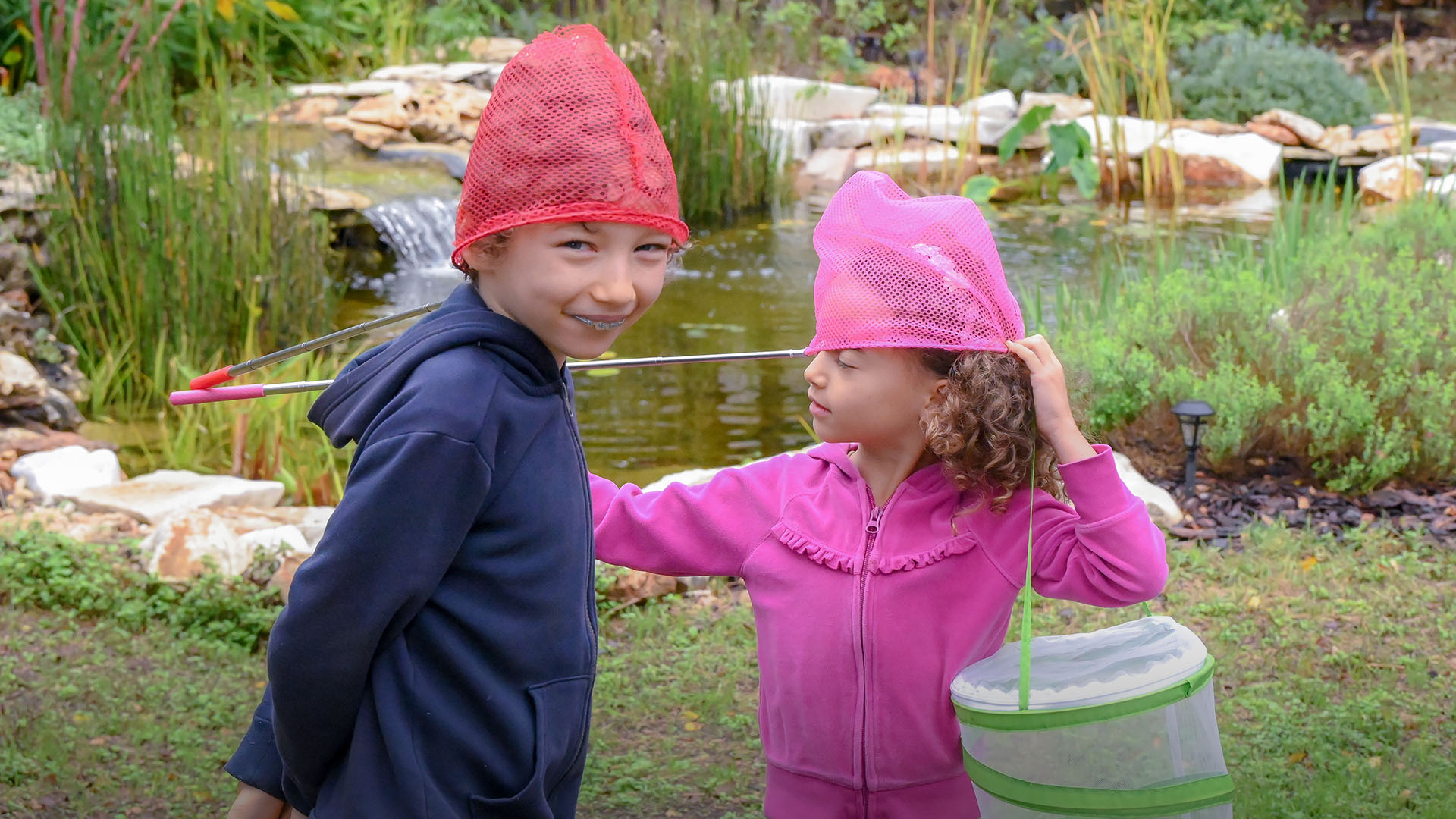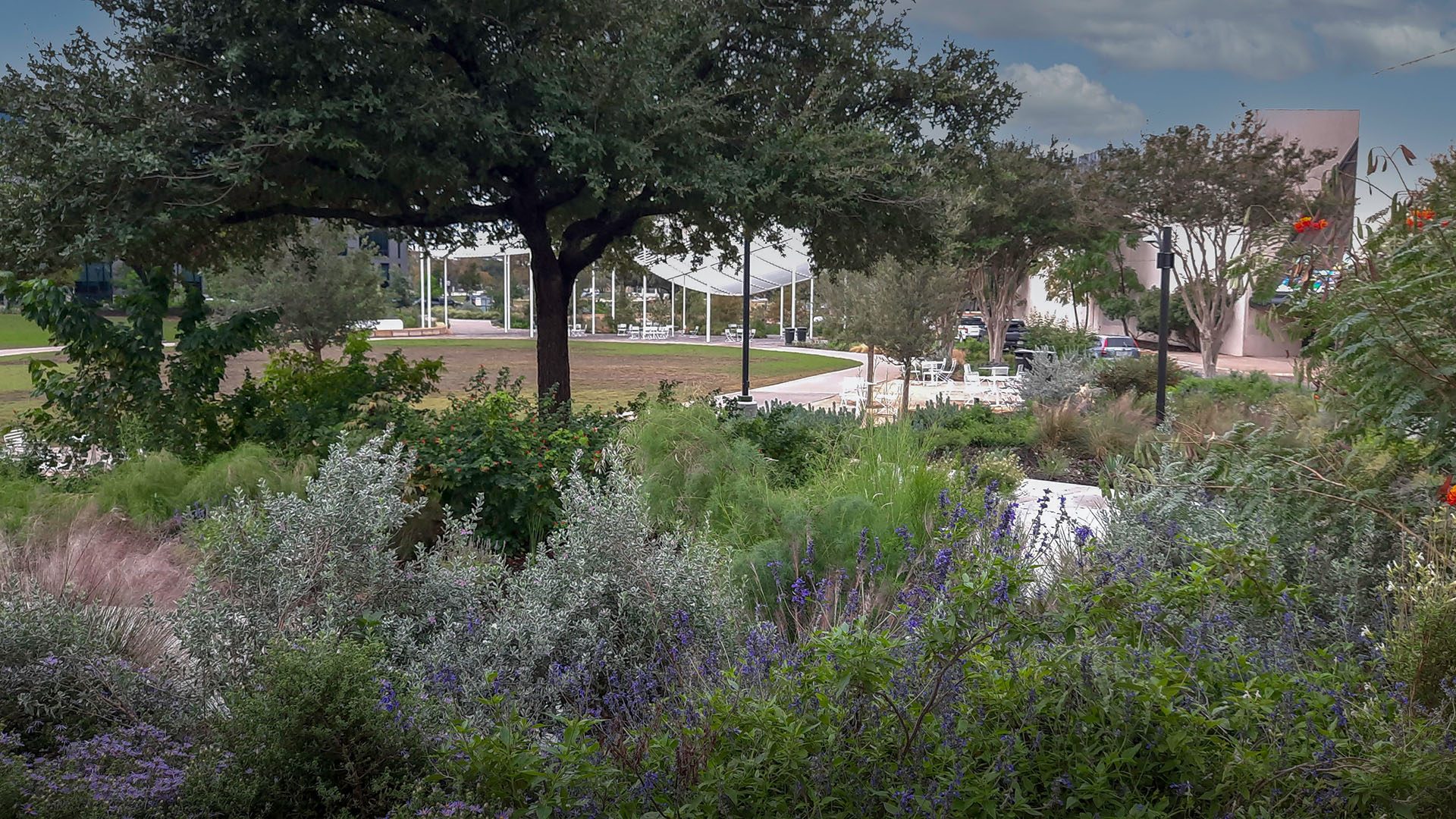Recent Episodes

Reimagine lawns as gorgeous plants and vibrant wildlife with Benjamin Vogt, author of A New Garden Ethic and Prairie Up! In a metamorphosis of once hard-packed earth at an abandoned warehouse, an urban butterfly sanctuary restores life to soil and soul in daily pollinator shows at The VORTEX Repertory Theater. Bonnie Cullum, theater co-founder and | watch episode →

Pop in lots of color, from groundcovers to shrubs, with Robin Norton-Carranco of Rainbow Gardens. She joins John Hart Asher to pick native and adapted plants for containers and beds in sun and shade. In Lisa and Shane Lamb’s backyard habitat, nature supplies their children’s creative playground. Make refreshing herb-fused honey and sun tea with | watch episode →

Chuck Foster, president of the Capital Area Master Naturalists, explains how they’re conserving resources and habitat while teaching valuable lessons about geology, wildlife, and plants. On tour, Austin Community College worked with dwg. landscape architects to transform a former Highland Mall parking lot into an urban park of colorful, wildlife-friendly plants as the St. John | watch episode →
